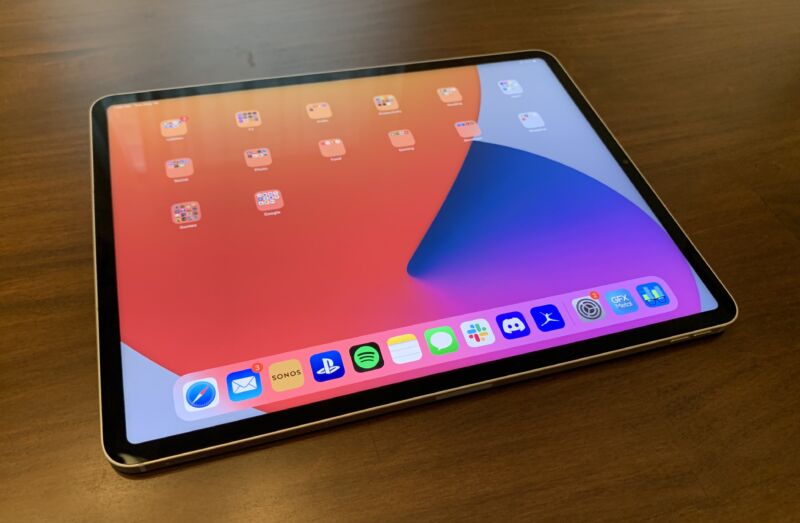
Citing a person familiar with the matter, The Information reports Apple plans to release a 16-inch model of the iPad Pro. Apple hopes to launch the product in the fourth quarter of next year—likely around the same time in 2023 that the M2 iPad Pro launched in 2022.
In our estimation, a 16-inch iPad Pro would probably be targeted specifically to creative professionals, and would probably not be a mass-market product in the same way as other iPad models are. Think of it like the Mac Pro or Pro Display XDR—a specialized product for a narrow but important audience.
The target buyers might use the new 16-inch tablet with the Apple Pencil for a larger working canvas in apps like Procreate, Affinity Designer, Adobe Illustrator, and so on.
The report did not mention any special or additional features or pricing, which would likely be quite steep.
This doesn’t mean a Mac/iPad merge is coming
That said, The Information speculated whether this new iPad with a laptop-sized screen means that Apple has plans to merge iPadOS and macOS.
In our view, though, that is extremely unlikely, and the article’s emphasis on that misunderstands what the primary purpose of this device would be. The article’s headline says this would “further blur the line with laptops,” but if anything, the hand-drawn art focus of such a tablet might take it even further away from the typical laptop uses. For example, the iPad’s aspect ratio might make it unwieldy to use in a laptop format at that screen measurement, assuming it has the same aspect ratio as other iPad Pro models.
Apple spokespeople have been consistent in debunking the idea that the company plans to merge the Mac and iPad platforms, even as the Mac gains some iPad-related features and the iPad gains heavier multitasking capabilities and the like. Yes, both platforms have Stage Manager, but that doesn’t mean they will merge.
They’re made to serve very different customers or at least very different uses—but that doesn’t mean the two platforms and their users can’t benefit from some cross-pollination of features.
https://arstechnica.com/?p=1893375

